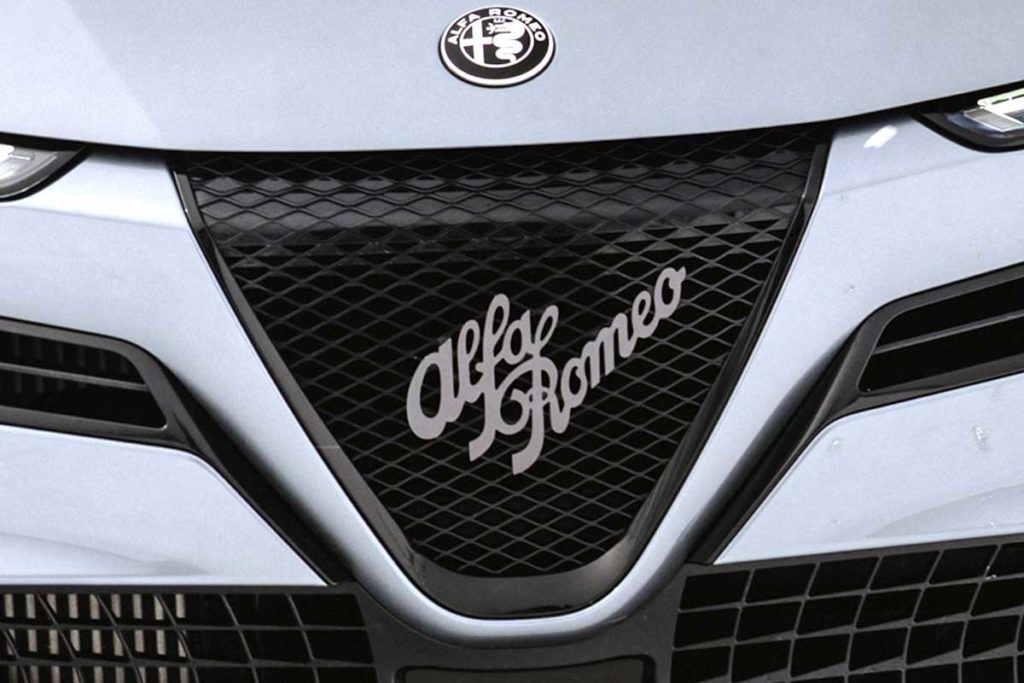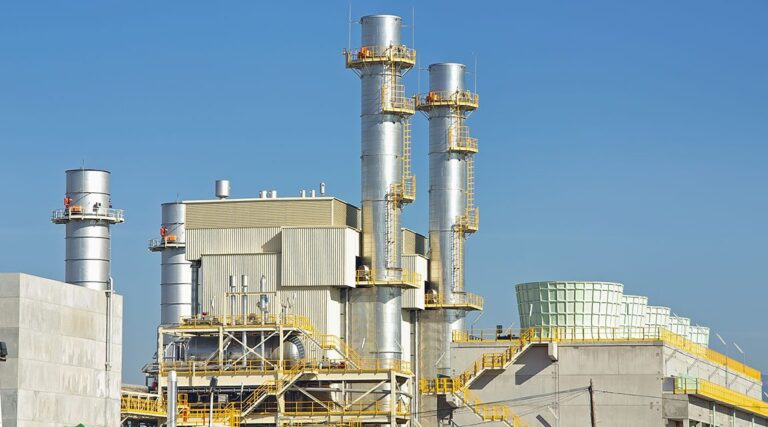
Stellantis is embarking on a bold strategy to diversify its vehicle offerings and consolidate its footprint in North Africa, with Algeria at the centre of its industrial revival in the Maghreb.
The Franco-Italian automotive giant has been navigating turbulent waters, reporting a 17% drop in net sales to €156.9 billion and a 12% decline in deliveries, largely due to stock shortages and destocking policies.
Meanwhile, Asian manufacturers such as BYD and Xiaomi are making rapid gains, intensifying pressure on Stellantis in both European and global markets.
To reverse the trend, Stellantis is now pursuing ambitious geographic and product diversification. At the Tafraoui plant near Oran, historically dedicated to Fiat production, the group will introduce two additional brands: Opel and Alfa Romeo.
This move allows the company to span multiple market segments, from mid-range to premium, while optimising local production capabilities.
“Opel’s arrival will introduce advanced models into the mid-range segment, while Alfa Romeo will fill a gap in the premium segment, long absent in the region,” a company spokesperson said.
The multi-brand strategy aims to enhance the plant’s competitiveness, boost commercial potential, and solidify Stellantis’ presence in Algeria and the wider Maghreb.
Algeria is envisioned as a springboard for broader African expansion. Stellantis aims to leverage the country’s industrial infrastructure, skilled workforce, and strategic location to counter the growing influence of Asian manufacturers, while controlling production costs and efficiently supplying neighbouring markets.
The Maghreb hub is a cornerstone of Stellantis’ continental ambitions, positioning Algeria as a gateway to both North and Sub-Saharan African markets. Analysts note that this expansion could mitigate the pressures stemming from a saturated European market, offering the group a more resilient and geographically diversified portfolio.
With Opel and Alfa Romeo joining the production line, Stellantis is betting on Algeria not only as a manufacturing base but also as a strategic platform to navigate the challenges of global automotive competition, turning regional opportunities into a counterweight against rising Asian rivals.



